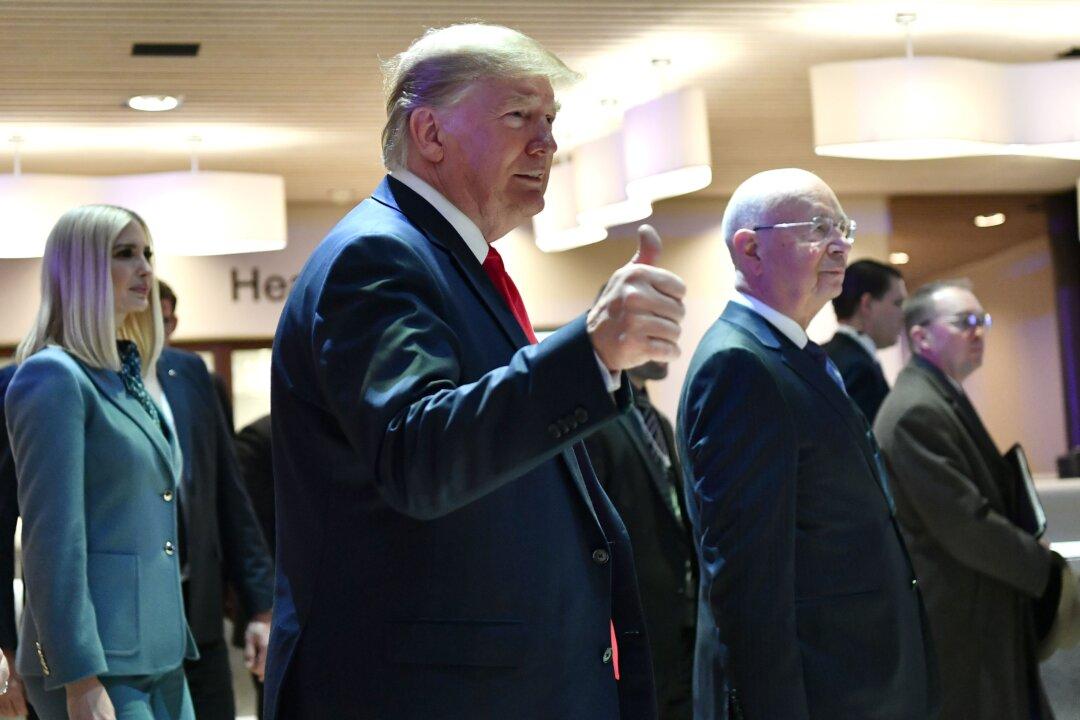Commentary
As Democrats frantically and feverishly work to convince the public Donald Trump deserves to be impeached, America’s economy continues to make remarkable progress.

As Democrats frantically and feverishly work to convince the public Donald Trump deserves to be impeached, America’s economy continues to make remarkable progress.